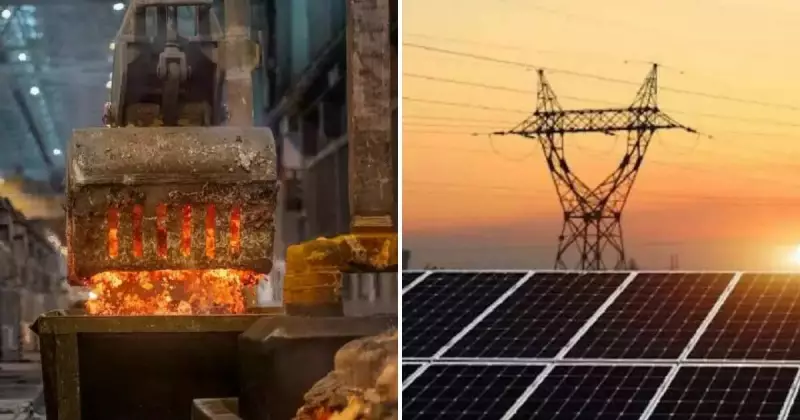
In a major breakthrough for Australian heavy industry, the Hunter Valley's massive Tomago Aluminium Smelter could be powered by clean energy within years under an ambitious new proposal gaining significant support.
Securing Australia's Manufacturing Future
The nation's largest aluminium production facility, which currently consumes a staggering 12% of New South Wales' electricity, is at the centre of a transformative plan that would see it transition from coal-dependent power to renewable energy sources.
This strategic shift isn't just about environmental credentials – it's about ensuring the smelter's survival in an increasingly carbon-conscious global market.
Broad Support for the Transition
The proposed clean energy transition has garnered support from diverse stakeholders including:
- Energy experts who see it as a model for industrial decarbonisation
- Local communities concerned about both jobs and emissions
- Industry leaders recognising the commercial imperative of sustainability
- Environmental groups advocating for practical climate solutions
Why This Transition Matters
Aluminium production is notoriously energy-intensive, and Tomago's scale means its energy choices have significant implications for both the regional economy and Australia's emissions reduction targets.
The current situation sees the smelter:
- Operating as one of NSW's largest electricity consumers
- Facing increasing pressure from international customers demanding low-carbon products
- Navigating the complex energy market as coal-fired power stations retire
A Blueprint for Heavy Industry
Successfully transitioning Tomago to clean energy would create a powerful template for other energy-intensive industries across Australia. It demonstrates that environmental responsibility and industrial competitiveness can work hand-in-hand.
The proposal represents a critical test case for Australia's ability to maintain its manufacturing base while meeting climate commitments.
What's Next for the Hunter Valley
As detailed planning continues, the focus remains on developing a practical pathway that ensures reliable energy supply while dramatically reducing the smelter's carbon footprint. The outcome could shape the future of Australian manufacturing for decades to come.





